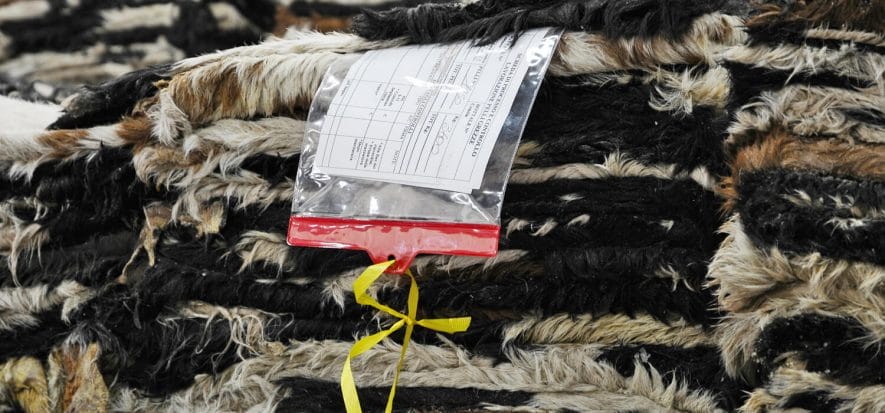The end of 2020 had given some hope. But the early months of 2021 have brought leather in front of a foggy and more complicated future once more. The tanning concerns are many at both a global and local level (in Italy), mainly because of raw material prices (that had undergone changes due to the pandemic) are under substantial pressure during this period. They increased (and are increasing) to unreasonable levels, while tanneries remain limited by the restrictions and clients with decreased demand. The alarming situation for the prices of raw materials is thus a very current issue.
Alarming situation for the prices of raw materials
Based on the price index elaborated by the Economic Service of UNIC – Italian Tanneries, the prices of raw material are under substantial pressure. For example, medium-large bovine hides (calf, cow and bull) have increased non-stop for the last 8 months and have, on average during 2021, gone up by 13%. Yet, compared to 6 months ago, the growth has tripled, thus reaching +36%. Worse of them is bull hides: +23% between February and March 2021, +35% in the last few months of 2020 and +96% compared to 6 months ago. Summarized: double. A similar trend is applicable for cow hides, as the increment over the last 6 months has been of +70%.
Calf and ovine hides
As far as calf hides go, the increase is similar, but less explosive: +23% on average during the last 6 months and +9% from the beginning of 2021. The trend can’t be generalized to ovine material though. While some locations don’t show steep oscillations (such as Oceania), others increased rapidly. Spanish hides, for example, went up by 70% compared to 6 months before. But there is worse. Even during a production period filled with difficulties, some hides have reached unimaginable levels: Brazilian wet blue grew by 122% compared to prices from summer of 2020.
Tanning concerns
The changes in demand, as mentioned, don’t justify the increments. Italian leather as a whole closed 2020 with revenue down by 26% and exports of -26.9%. Now the suppliers’ side (including the chemicals) is undergoing a steep and destabilizing increment of prices that risks of stopping any (potential) recovery. Also because, justifying the alarming increase in prices with the lower number of units slaughtered, doesn’t seem a sufficient explanation.
Slaughters
As showcased by UNIC’s data (with the latest available from January 2021), some of the main suppliers’ areas are currently facing a lack of material from slaughterhouses, yet not an extreme one. For example: bovine units slaughtered in France in January 2021 only lost 11% from the previous month (and -7% compared to January 2020). The situation is even more stable in the USA: -2% from December 2020 and -6% on yearly base. In Australia the units were even higher in January, compared to December (+4%), while the percentage from the same month of 2020 shows a -7%. Ireland, on the other hand, shows a little more movement: -18% in January 2021, compared to January 2020 and -7% compared to December 2020.
Read also:
- Italian leather segment loses 26% in 2020
- Fabrizio Nuti (UNIC): the present and challenges of Italy’s leather segment










